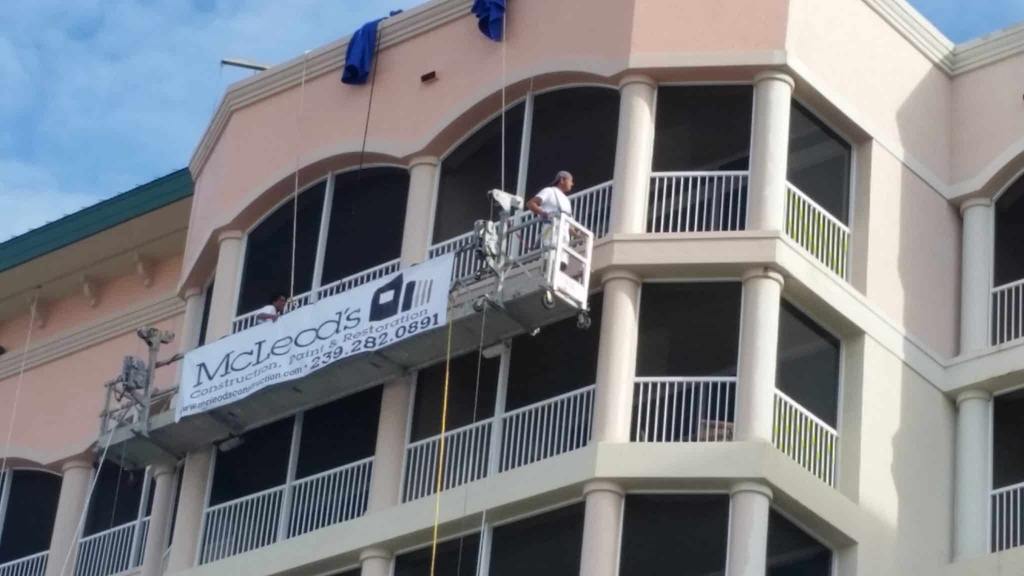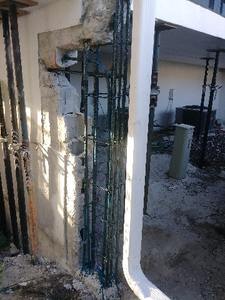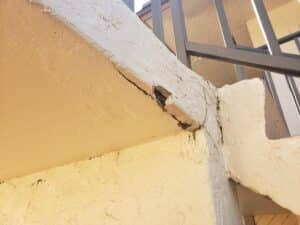When it comes to protecting your property, nothing beats the assurance and durability provided by waterproof sealants. In our line of work, we’ve equipped countless structures with the defense they need against moisture and the elements. Whether it’s sealing a new commercial high-rise or preserving the stucco on a historic condo, the right sealant does more than just cover up cracks; it serves as an essential barrier that extends the life of the building materials.
Selecting and applying the right waterproof sealant can be a game-changer. Each project has unique requirements and challenges, requiring a tailored approach. Over the years, we’ve mastered the art of identifying which products work best for different surfaces and environments, ensuring optimal performance and longevity.
By sharing our knowledge, we aim to help property owners make informed decisions that maintain the integrity and beauty of their investments. Join us as we delve into the best practices for choosing and applying waterproof sealants that last.
Choosing the Right Waterproof Sealant for Your Project
Selecting the appropriate waterproof sealant is crucial to ensure the effectiveness and durability of your project. The key is to match the specific characteristics of the sealant to the demands of the environment and the materials involved.
We start by considering factors like exposure to weather conditions, the types of substrates, and the expected movement of the joint or surface. For instance, silicone-based sealants are excellent for areas that experience extreme temperature changes because they provide exceptional flexibility and long-term resilience.
Additionally, polyurethane sealants are often preferred for projects that involve a variety of materials such as wood, plastics, and metals due to their strong adhesive properties and versatility. We also look at the chemical resistance needed, especially in areas prone to oil or solvent exposure.
Each choice revolves around providing maximum protection, minimizing future maintenance, and ensuring the structural integrity of the application. By meticulously analyzing these aspects, we ensure that the selected waterproof sealant will deliver optimal performance and stand the test of time.
Preparing Surfaces Before Applying Sealants
The success of a sealant application significantly depends on the preparation of the surfaces involved. We ensure that all surfaces are clean, dry, and free from any dust, grease, or other contaminants that could impair the adhesion of the sealant. This often involves a thorough cleaning process, sometimes supplemented by a primer to enhance the sealant’s grip on the surface. For example, using a wire brush or a sandblaster can be effective in removing old paint or rust, providing a fresh, clean area for application.
Next, any gaps or uneven surfaces must be smoothed out or filled to prevent air pockets and ensure a uniform application of the sealant. This step is critical in avoiding future vulnerabilities in the seal’s integrity. In cases where moisture is present, we might employ a moisture vapor barrier before applying the sealant to prevent possible failure due to moisture intrusion. Proper preparation not only sets the stage for a successful application but also maximizes the lifespan of the sealant, ensuring that it performs efficiently for longer periods.
Step-by-Step Guide to Applying Waterproof Sealants
Applying waterproof sealants correctly is pivotal to their effectiveness and longevity. We begin by cutting the tip of the sealant tube to match the size of the gap we are sealing. This precision ensures that the sealant is applied evenly and adequately fills the space. Next, using a caulking gun, we apply the sealant in a continuous bead, working steadily to maintain a uniform line. To ensure maximum adhesion, we press the sealant into the gap, making sure it makes good contact with both sides of the joint or crack.
After applying the sealant, it’s essential to smooth it out for a clean finish. Using a wet finger or a smoothing tool specifically designed for this purpose, we carefully work along the bead, pressing the sealant into any voids and ensuring it’s smooth and level with the surface. It’s crucial to handle this step with care as it significantly affects the waterproofing efficacy and the aesthetic finish of the job. Finally, we allow the sealant to cure fully according to the manufacturer’s instructions, a critical phase that ensures the sealant bonds effectively and provides durable protection.
Common Mistakes to Avoid When Using Waterproof Sealants
Avoiding common mistakes can significantly enhance the effectiveness of waterproof sealants. One frequent error is applying sealant over dirty or wet surfaces. This practice can prevent the sealant from adhering correctly, leading to poor waterproofing and potential sealant failure. Another common oversight is neglecting to use a primer when required. Some surfaces, especially porous ones, need a primer to enhance the bond strength between the surface and the sealant.
Additionally, rushing the curing process can also lead to issues. It’s important to allow ample time for the sealant to cure fully before exposing it to moisture or stress. Ignoring this step can compromise the sealant’s integrity and effectiveness. Lastly, using the wrong type of sealant for specific applications, such as using a non-flexible sealant in areas subject to movement, can lead to cracks and gaps, negating the waterproofing properties. Recognizing and avoiding these common pitfalls ensures a successful application.
Final Thoughts
Effectively using waterproof sealants is crucial for protecting your property from water damage. By choosing the right product, preparing surfaces meticulously, applying sealants carefully, and avoiding common mistakes, you can enhance the durability and effectiveness of your waterproofing efforts. Remember, the key to successful sealant application is attention to detail from start to finish.
If you need professional assistance with waterproofing or have any questions about the best practices for applying waterproof sealants, feel free to contact us at McLeod’s Contracting Solutions. Our team of expert contractors is here to provide you with top-quality sealing services and ensure that your property is protected from the elements. Trust us to handle your waterproofing needs with precision and care.







